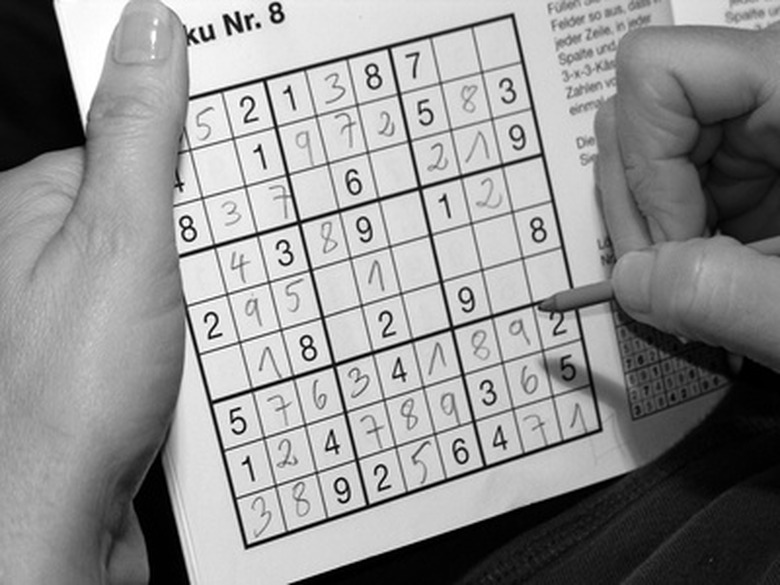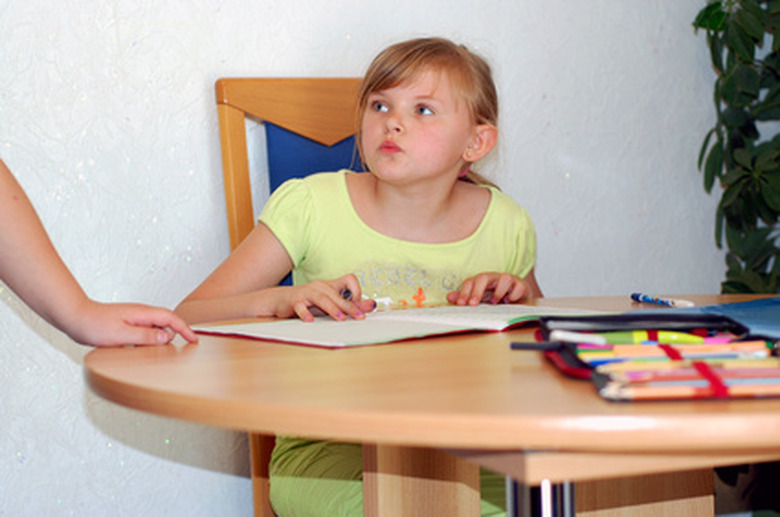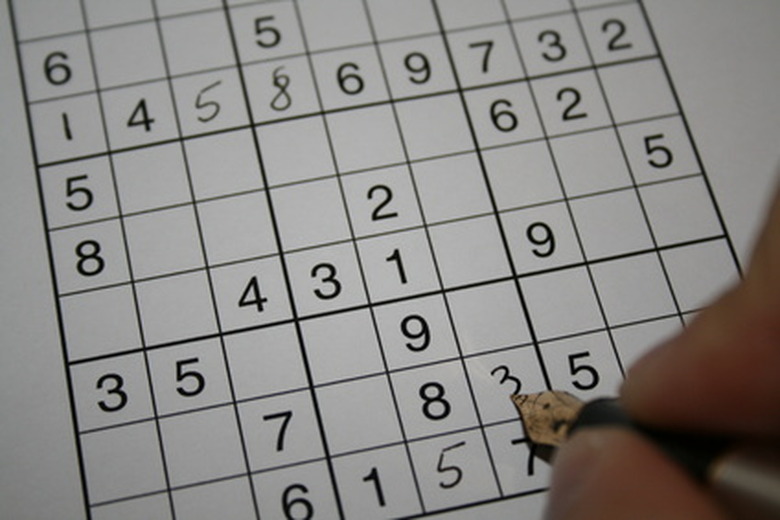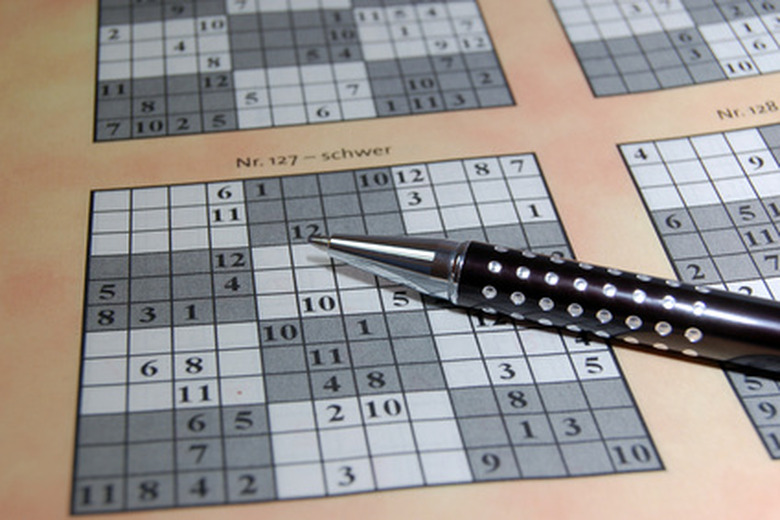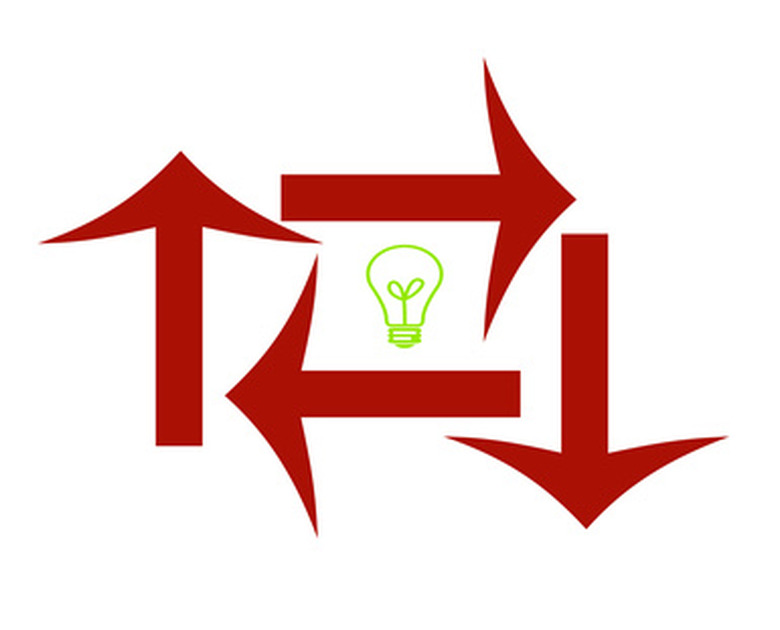Simple Sudoku Instructions For Children
Sudoku is a Japanese number puzzle that children of many ages are able to successfully complete and enjoy. According to Math and Reading Help in "Sudoku: a Logic Based Educational Puzzle for Kids," participating in these problem-solving challenges helps children excel in math, logic, and critical thinking skills. Puzzles are available in several difficulty levels so that children can play this brain-stretching game.
Simple Sudoku Instructions for Kids
Step 1
Learn the basics. In typical Sudoku there is a 9-by-9 grid and the goal is to find the right placement for the numbers 1 through 9 in each row, column and box. All nine numbers must be used, and none can be repeated. Beginners can find puzzles that are grids of 4 by 4 or 6 by 6 in which they would only use numbers 1 through 4 or 1 through 6, respectively.
Step 2
Purchase or print a 4-by-4 Sudoku puzzle to start. Inexpensive puzzle books can be found in many places, from grocery stores to department retailers. Many Sudoku puzzles are available to print using a simple online search.
Step 3
Choose a row that has some numbers filled in. Each grid will already have some numbers in place, which will help you solve the rest of the puzzle. Focus on one row that already has one or two numbers solved, and figure out what numbers could possibly fit in the empty boxes. For instance, if a row has the numbers 2 and 3 in place, then the empty boxes would be 1 and 4, but you'll need more clues to figure out which number goes in each box.
Step 4
Use clues from the columns to place the correct numbers. Look at the column intersecting with the empty box you are focusing on. If one of the number options is already in that column, it eliminates that number, because if written in, it would be repeated.
Step 5
Examine the box that contains the empty space. This will also give clues because if any of the number possibilities for the empty space are already in the box, then they can't be repeated and would therefore be eliminated from being a possibility.
Step 6
Repeat this procedure for each row. Players may not be able to fill in each row immediately; sometimes it is necessary to move on to another area and come back to a row after some missing numbers have been discovered.
Step 7
After all rows are completed, repeat the same procedure by examining columns for missing numbers, and use rows and boxes for clues. Then, find missing numbers in boxes and use the numbers placed in rows and columns to help determine number placement.
TL;DR (Too Long; Didn't Read)
According to Kids Health, Sudoku is a great game for parents to provide when kids are bored. For kids who shy away from numbers, some games contain picture clues, which can be used in the beginning, and then as confidence grows children can graduate to the more complex number grids.
Warning
Never use a pen to play Sudoku. A pencil with an eraser allows the player to change answers, or lightly write in possible numbers and then erase when the solution is found.
Cite This Article
MLA
Wilson, Laura. "Simple Sudoku Instructions For Children" sciencing.com, https://www.sciencing.com/simple-sudoku-instructions-children-7636291/. 24 April 2017.
APA
Wilson, Laura. (2017, April 24). Simple Sudoku Instructions For Children. sciencing.com. Retrieved from https://www.sciencing.com/simple-sudoku-instructions-children-7636291/
Chicago
Wilson, Laura. Simple Sudoku Instructions For Children last modified March 24, 2022. https://www.sciencing.com/simple-sudoku-instructions-children-7636291/

